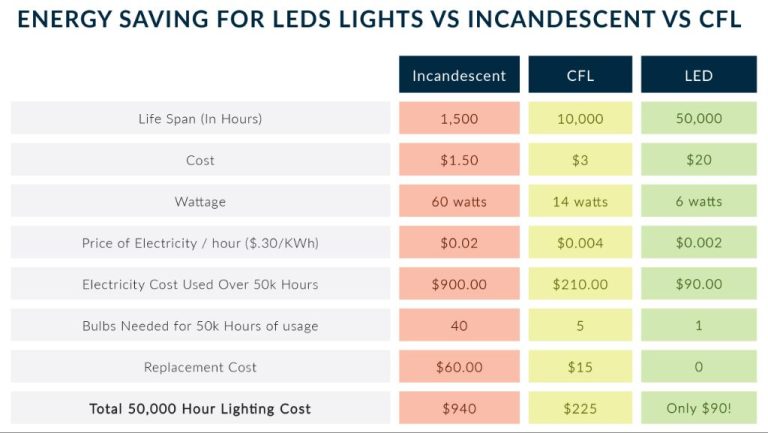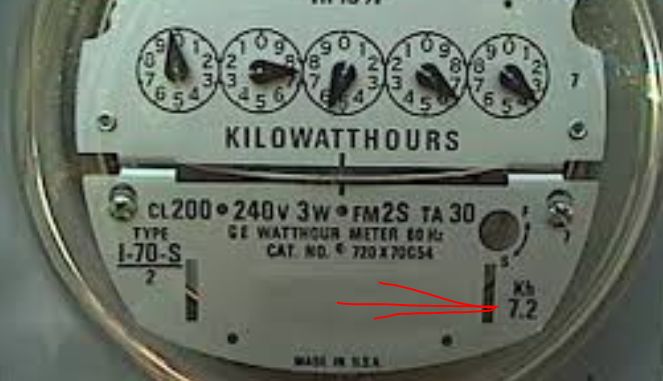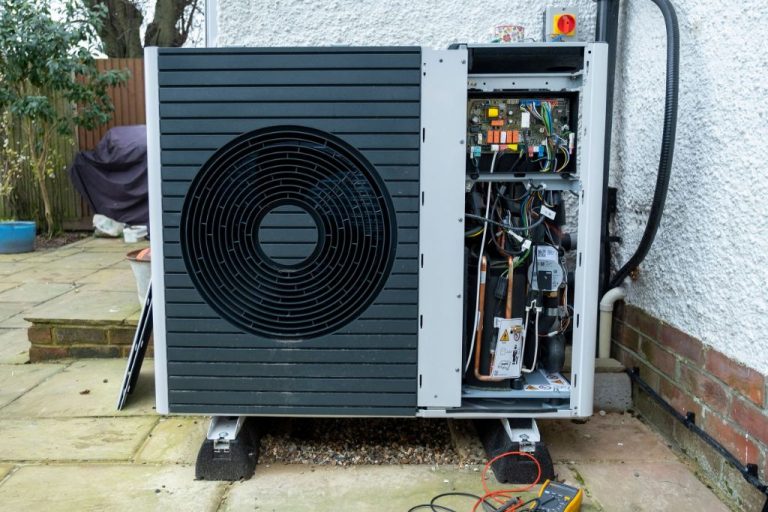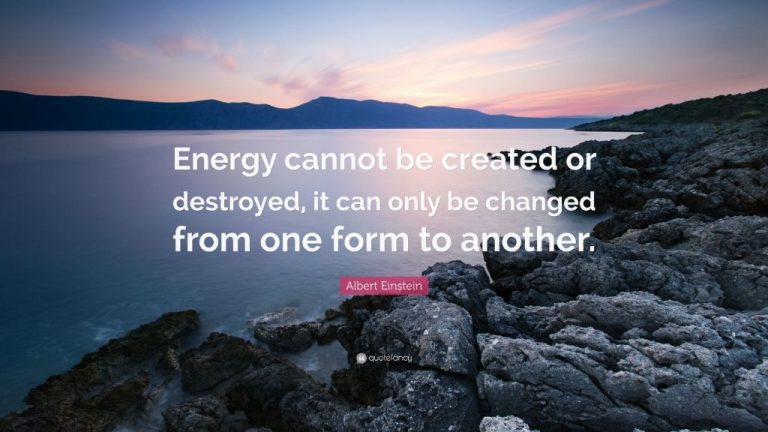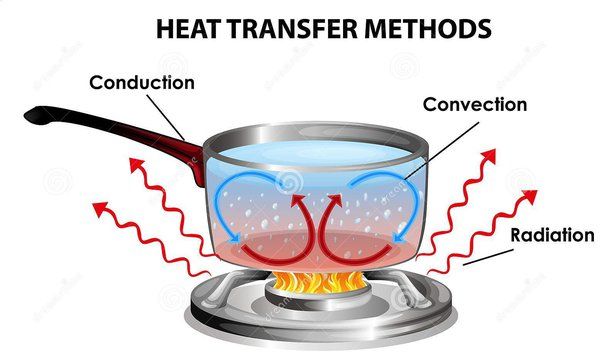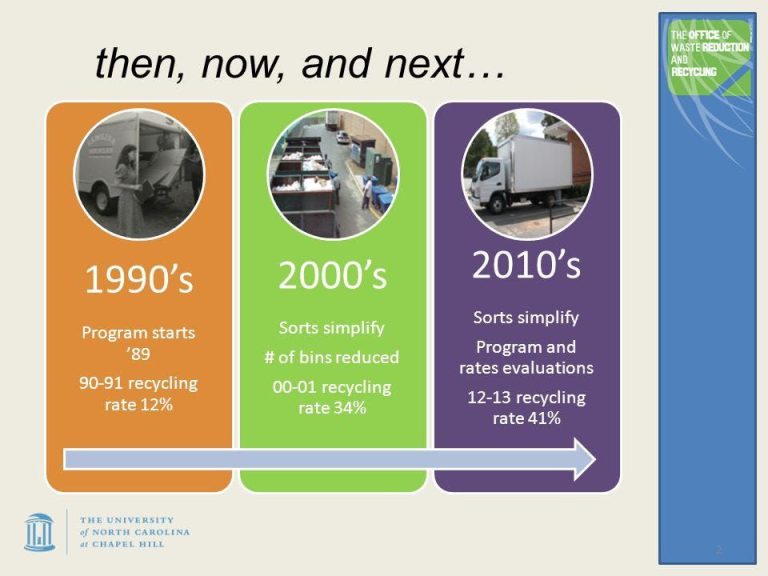What Do You Call Something That Stores Energy?
Energy storage is the capture of energy produced at one time for use at a later time. The ability to store energy is crucially important for many reasons.
Energy storage helps manage fluctuations in energy supply and demand. For example, solar panels only produce electricity when the sun is shining. Energy storage allows solar energy captured during the day to be used at night. This allows for a steady supply of electricity even when the sun isn’t shining.
Energy storage also enables greater integration of renewable energy sources like wind and solar into the electricity grid. Renewables are intermittent and don’t necessarily produce energy when it is needed most. Storing the energy allows it to be dispatched when required.
In addition, energy storage improves the resilience and reliability of the grid. Having reserves of stored energy helps prevent power outages when demand spikes or generation sources drop offline unexpectedly.
With the growth in renewable energy and the increasing need for grid flexibility, energy storage is becoming more and more important. There are several different technologies capable of storing energy, each with their own advantages and ideal use cases.
Batteries
Batteries store energy in the form of chemical energy and convert it into electrical energy. They consist of one or more electrochemical cells, each containing a positive electrode (cathode), a negative electrode (anode) and an electrolyte that allows ions to move between the electrodes.
The cathode and anode are made of materials that enable a reduction-oxidation (redox) reaction. When the battery is connected to a device, a redox reaction occurs. At the anode, oxidation takes place as electrons are released and flow through the external circuit to the cathode. At the cathode, reduction takes place as electrons are accepted. The electrolyte allows ions to flow internally between the electrodes to balance the electron flow externally. This generates an electric current that powers the device.
The amount of energy a battery can deliver depends on the materials used for the electrodes and electrolyte. Lead-acid batteries use lead dioxide and metallic lead electrodes with a sulfuric acid electrolyte. Alkaline batteries use a zinc anode and manganese dioxide cathode with an alkaline electrolyte. Lithium-ion batteries use a lithiated metal oxide cathode and graphite anode with a lithium salt electrolyte. The choice of materials determines the battery’s voltage and capacity.
Fuel Cells
Fuel cells are electrochemical devices that convert the chemical energy from a fuel into electricity through a chemical reaction with oxygen or another oxidizing agent. The fuels cells don’t burn fuel to produce electricity, making them very clean and efficient.
The most common type of fuel cell uses hydrogen as the fuel and oxygen as the oxidizing agent. The hydrogen and oxygen are fed into the fuel cell, where a chemical reaction takes place to generate electricity along with water and heat as byproducts. The only emission from hydrogen fuel cells is water vapor.
Fuel cells can store energy from the fuels they use. The hydrogen fuel can be produced from renewable sources like solar and wind and then stored for later use in the fuel cell. The hydrogen acts as an energy carrier, storing the energy until it’s needed. Fuel cells will generate electricity on demand when hydrogen is supplied, acting like a battery.
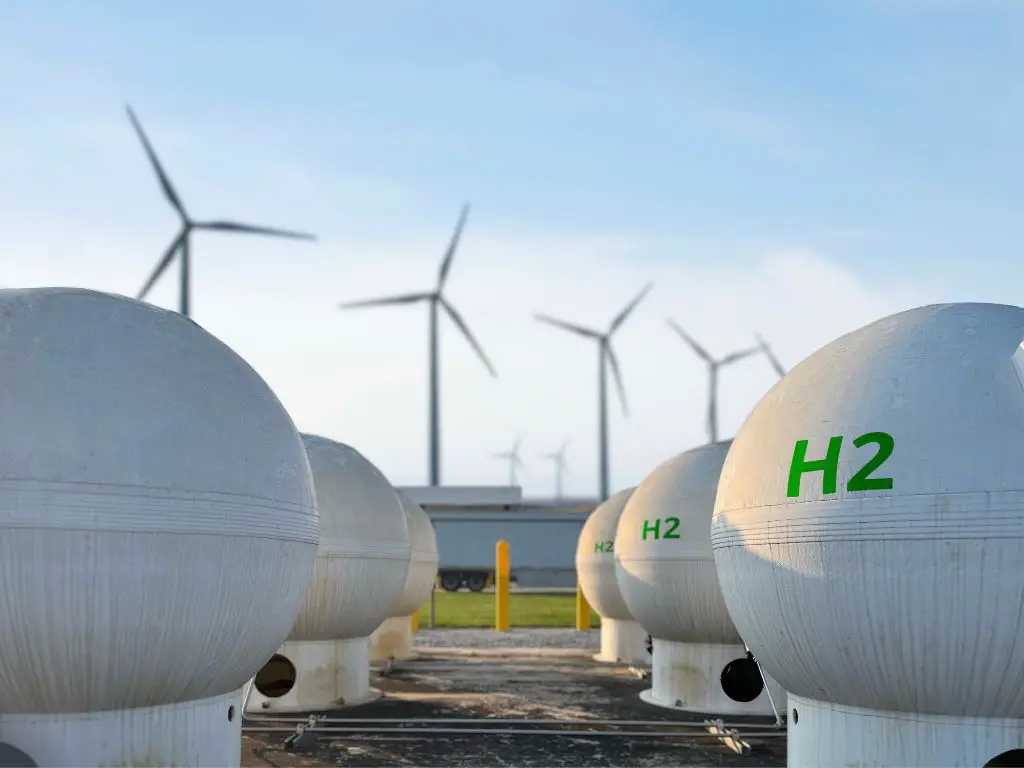
Flywheels
Flywheels are mechanical devices that store rotational kinetic energy. They consist of a heavy rotor that spins at high speeds on bearings. The energy is stored in the rotating mass of the rotor. As the flywheel spins faster, more rotational energy is stored.
Flywheels accumulate energy when torque is applied, increasing their rotational speed. The stored energy is then discharged as the flywheel’s speed decreases. Flywheels are designed to spin continuously with minimal frictional losses. Their inertia helps smooth out power fluctuations.
Modern flywheels are made of composite rotors for high strength and low weight. They spin in a vacuum chamber to eliminate wind resistance. Magnetic bearings levitate the rotor to reduce friction. With these advances, flywheels can store large amounts of energy and discharge it quickly when needed.
Flywheels provide load leveling for fluctuating power demands. They can bridge power gaps up to 15 seconds, smoothing the flow between generation and use. Flywheels are also used to provide backup power in case of a power outage. Their fast response makes them well suited for frequency regulation of the electrical grid.
Pumped Hydro
One of the most established and widely used methods for energy storage is pumped hydro. Pumped hydro facilities store energy in the form of gravitational potential energy by pumping water from a lower reservoir to an upper reservoir when electricity demand is low. The stored water can then be released to flow downhill through turbines and generate electricity when demand is high.
The process is similar to regular hydroelectric dams, except pumped hydro actively pumps the water uphill rather than just relying on a natural water source at altitude. This allows the system to act like a giant battery, charging when electricity prices are low and discharging when prices are high.
Pumped hydro accounts for over 90% of all utility-scale energy storage worldwide, with facilities able to store large capacities in the range of hundreds to thousands of megawatt-hours. The main requirements are having two reservoirs at different elevations and enough water to drive the pumps and turbines. While site-specific geography limits new pumped hydro facilities, upgrading existing dams and reservoirs can often provide expanded storage capacity.
Overall, pumped hydro provides a reliable, affordable way to store huge amounts of energy, helping balance electricity supply and demand. The technology benefits grids by soaking up excess renewable energy and displacing fossil fuels that would otherwise be needed to handle peak loads. Pumped hydro’s maturity, storage capacity, and cost-effectiveness will ensure it remains a go-to large-scale energy storage solution into the future.
Compressed Air
Compressed air energy storage (CAES) works by using energy to compress air, usually into an underground cavern or old mine. When energy is needed, the pressurized air is released to drive a turbine, which generates electricity. The compression process converts electrical energy into potential energy in the form of pressurized air. The stored high-pressure air acts as a reservoir for energy that can be tapped and converted back into electricity when needed.
To store energy, an electric motor runs an air compressor to pressurize the air. The compressed air is then pumped into the storage cavern or vessel. To generate electricity, the pressurized air flows back out of the cavern through a turbine that drives a generator to produce electricity. CAES systems can respond to grid demands within minutes, providing stability and reliability.
One of the main advantages of compressed air energy storage is its low cost compared to other storage technologies. It also has a long lifetime with low maintenance requirements. The storage medium, air, is free and abundant. However, some energy is lost during the compression and expansion processes. Suitable geologic formations are needed for underground storage caverns, limiting potential locations.
Overall, compressed air energy storage provides large-scale, cost-effective storage capabilities using air, a free and ubiquitous medium, to balance energy supply and demand on the grid.
Thermal Storage
One type of thermal energy storage uses molten salt to store energy. This technology relies on high heat capacity salt mixtures which can be heated and used to store excess thermal energy. The salt mixtures remain molten at high temperatures, allowing them to retain heat energy.
The most common molten salt mixture used is a blend of sodium nitrate and potassium nitrate salts. These nitrate salts have high heat capacities and high thermal stability. They can be heated to temperatures over 500°C while remaining in liquid form.
To store energy, the molten salt is pumped through a solar thermal collector or other heat source during the day. This heats the salt to high temperatures. Then the hot molten salt is stored in a well-insulated storage tank where it retains the heat. When electricity is needed, the hot salt can be pumped through a steam generator to produce steam to run a turbine and generate electricity on demand.
Molten salt storage allows surplus heat collected during daylight to be stored for up to a week. This provides a cost-effective way to smooth out energy supply and demand mismatches. The stored high-temperature heat can be used overnight or during cloudy weather when solar energy is unavailable.
Hydrogen Storage
Hydrogen is a versatile energy carrier that can store and deliver usable energy in the form of heat and electricity. When hydrogen is produced from renewable energy sources like solar and wind, it serves as a way to store their intermittent energy. The chemical energy contained in the hydrogen molecules can then be released by combustion or in fuel cells to generate electricity on demand.
Hydrogen has a very high energy density by weight, nearly three times more than gasoline or natural gas. However, its low ambient temperature density presents storage and transportation challenges. Hydrogen is typically stored physically as either a gas or a liquid. Compression of hydrogen gas is commonly used to increase its density for storage in high-pressure tanks. Hydrogen can also be liquefied at extremely cold temperatures (-253°C) to achieve higher density energy storage. New storage methods using materials like metal hydrides and chemical hydrogen carriers are active areas of research.
Overall, hydrogen provides a versatile, high-density energy storage medium that can interface between renewable electricity generation and end-use energy demands. As hydrogen production from renewables increases, its role as an energy storage vector will continue to grow.
Supercapacitors
Supercapacitors, also known as ultracapacitors or electrochemical capacitors, are a type of energy storage device that can rapidly store and discharge large amounts of electrical energy.
Unlike batteries, supercapacitors do not rely on chemical reactions to store energy. Instead, they store energy in the form of an electrostatic field between two electrodes separated by an electrolyte. This allows them to charge and discharge very quickly, but limits the amount of total energy they can store compared to most batteries.
When power is applied to a supercapacitor, ions in the electrolyte solution migrate to the electrodes, forming two charged layers called an electric double layer. The separation of charge between these layers creates an electric field which stores energy. The closer together and larger the electrode surfaces are, the greater the stored energy capacity.
Because no chemical reactions take place, supercapacitors can withstand hundreds of thousands more charge/discharge cycles than batteries. They are also safer, as they function efficiently at cold temperatures without the fire risks from chemical reactions.
Supercapacitors have advantages for applications needing many rapid charge/discharge cycles, such as regenerative braking in vehicles. They can also complement batteries in hybrid energy storage systems, absorbing power during demands spikes and supplying extra power when needed.
Research is ongoing to increase supercapacitor energy density to be comparable to batteries, while retaining their high power density and cycle life advantages. This could lead to supercapacitors supplanting batteries for more applications in the future.
Conclusion
Energy storage is essential for powering our modern world. This article explored some of the main ways we store energy for later use. From traditional batteries to emerging technologies like hydrogen storage and flywheels, engineers have developed a variety of ways to capture energy produced at one time and release it at another.
Batteries, ranging from conventional lead-acid to lithium-ion to flow batteries, offer versatile and portable energy storage. Fuel cells and hydrogen provide storage through chemical bonds. Mechanical storage uses the motion of physical objects like flywheels and pumped hydro facilities to stockpile kinetic or potential energy. Thermal storage and compressed air provide additional approaches.
Each method has its own advantages and best applications. No single solution monopolizes the field. Grid operators, renewable power generators, electric vehicle makers, and other stakeholders rely on batteries for short-term storage needs, while utilities balance supply and demand using pumped hydro over longer periods. New technologies continue emerging to store energy more efficiently and inexpensively.
The ability to save energy when supply exceeds demand enables greater deployment of renewable power like solar and wind. Storage also makes electricity supplies more reliable and resilient. Our modern way of life depends on the many clever techniques engineers have devised to stockpile energy.

